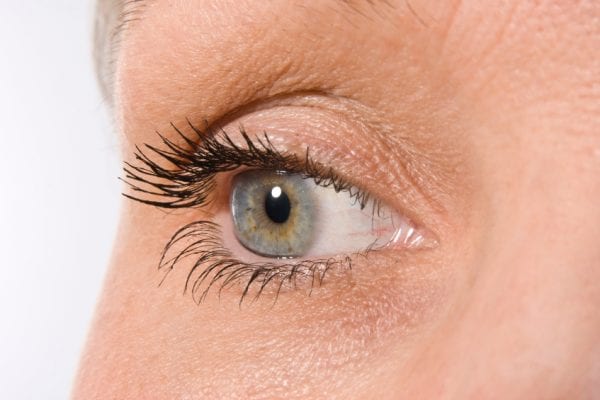As we age, proteins begin to clump together inside the natural lens of the eye. This causes the lens of the eye to become cloudy and light rays to scatter inside the eye instead of focusing directly on the back of the eye (retina) and creates a blurred vision. A cataract is a common vision disorder and part of the aging process.
Besides aging, other risk factors associated with cataracts include:
- Having had an eye injury, and/or eye surgery
- Family history of cataracts
- Smoking and heavy alcohol use
- Obesity
- High blood pressure
- Too much sun exposure, especially without sunglasses
- Certain medical conditions such as diabetes, family genetic disorders
Although most cataracts are related to aging, there are other types of cataract:
- Secondary – Cataracts can form after surgery for other eye problems and eye diseases such as glaucoma and diabetes.
- Traumatic – Cataracts can develop after an eye injury.
- Congenital – Some are born with cataracts or develop them in childhood.
- Radiation – Cataracts can develop after exposure to various radiation.
When to call your eye care professional?
- Frequent changes in your eyeglasses/contacts prescription.
- Blurred or double Vision.
- Having difficulty seeing due to glare.
- Seeing Halos around lights.
- Poor night vision.
- Vision problems now are affecting your ability to do daily activities.
Your ophthalmologist or optometrist will be able to diagnose a cataract during a dilated eye examination. Your doctor will perform a comprehensive eye exam and assess your vision. This will include several eye chart tests to check your vision at different distances and tonometry to measure your eye pressure.
For more information on cataracts visit www.griffineyecenter.com or call 843-449-6414.
